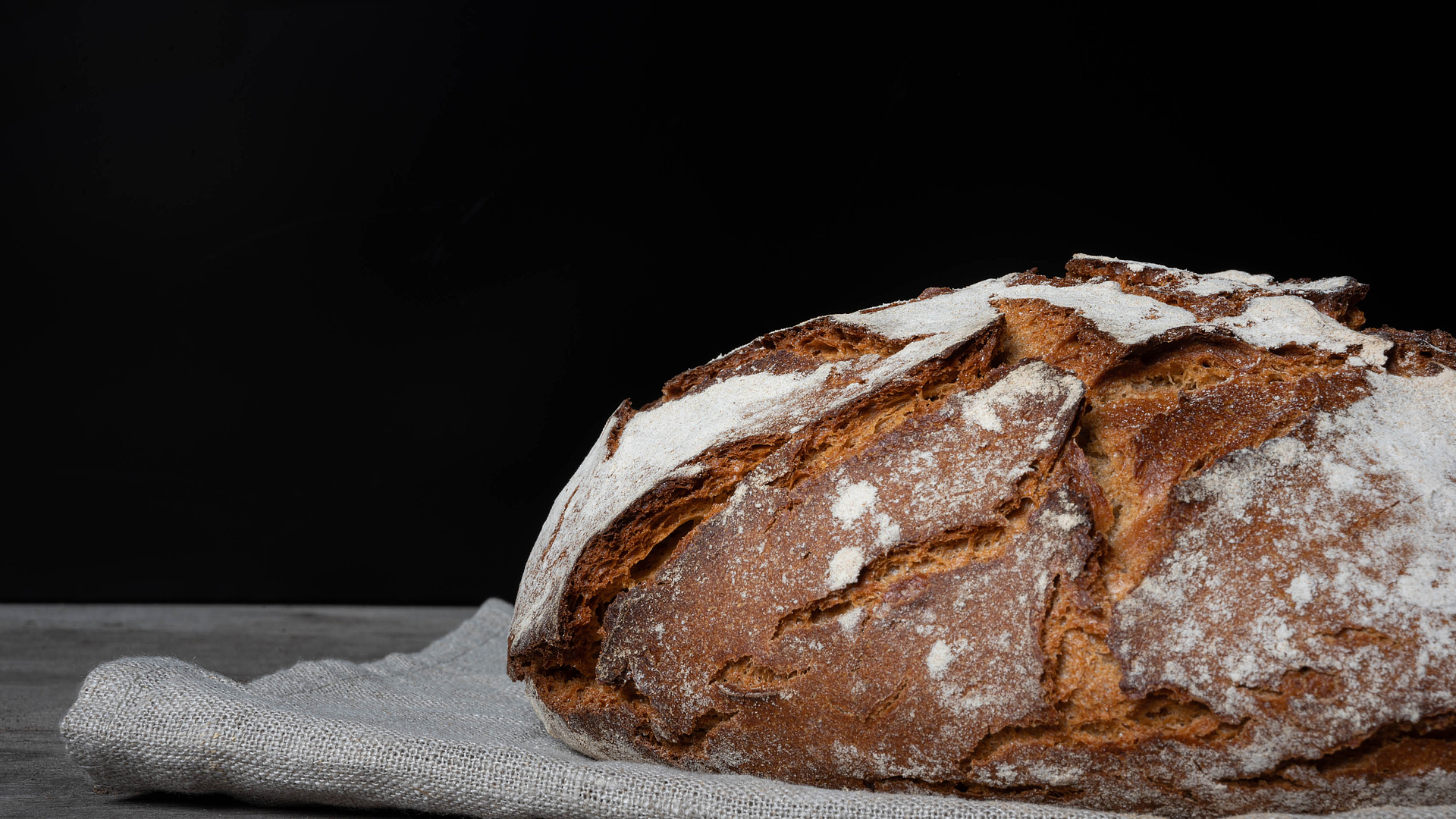
What makes good bread?
Crispy, crunchy crust and luscious, soft dough – that’s what good bread is made of, right? Well, this craft, which is sometimes referred to as an art form, comprises a few other aspects as well.
How to recognise good bread
Shape and appearance, surfaces and crust properties, slack, crumb form, structure and elasticity, smell and taste – these are the main criteria according to which the Central Association of the German Bakery Trade (Zentralverband des Deutschen Bäckerhandwerks e.V.) rate good bread. So, bread is more than just “hard outside, soft inside”.
For laypeople, good bread is best recognised through its crust. In general, the thicker the crust, the more aromatic the bread. The aromatic ingredients originate in the crust and seep into the inside of the bread, what is referred to as the crumb. More crust means more flavour and a longer shelf life for the bread as well. However, there are some types of bread for which a thicker crust is undesirable. One famous example of this is the baguette.
Bread sommeliers have true expertise for these types of baked goods. With approximately 3000 types of bread which are known in Germany alone, someone has to keep track of them and know why a certain type of bread tastes the way it does, how it tastes and what food the individual types would work particularly well with. Read more about what the job of a bread sommelier involves here.
Bread as a part of healthy nutrition
“Bread is unhealthy” is an opinion that’s often reiterated. Such a sweeping statement cannot be made, however. It depends in part on the amount and at what time the bread is eaten. Even the type of flour that’s used plays a role. For example, white flour and leaven are easier to digest and are therefore suitable for eating in the evening. For breakfast, experts recommend long-chain carbohydrates, e.g. wholemeal bread.
Wholemeal bread contains important fibres and keeps you feeling full for longer, but at the same time it is harder to digest. White flour can even, in some cases, provide more protein and fibre than an apple. Wheat flour currently is probably having the hardest time of the all the types of flour. The fault lies with gluten and other plant proteins, the amylase/trypsin inhibitors (ATI). Nevertheless, both not only occur in wheat, but also in spelt, rye, barley, etc. Some people have a gluten intolerance, coeliac disease or a wheat allergy.
Baking bread yourself
It’s not just important for the aroma to plan enough time for baking the bread. The proving and baking process are important for health also. While the dough is resting, fibres and starch swell up considerably, allowing it to be better processed in your body. Additionally, less yeast or baking agent is needed.
If you’re baking bread yourself, you also have a high degree of control over all the ingredients that go into your bread. Conversely, some ready-made breads contain additives, emulsifiers or raising agents which sometimes aren’t indicated on the packaging.
A special tip for baking bread in the BORA X BO: moisture removal can be set to 100% during the baking process to make the bread particularly crispy.